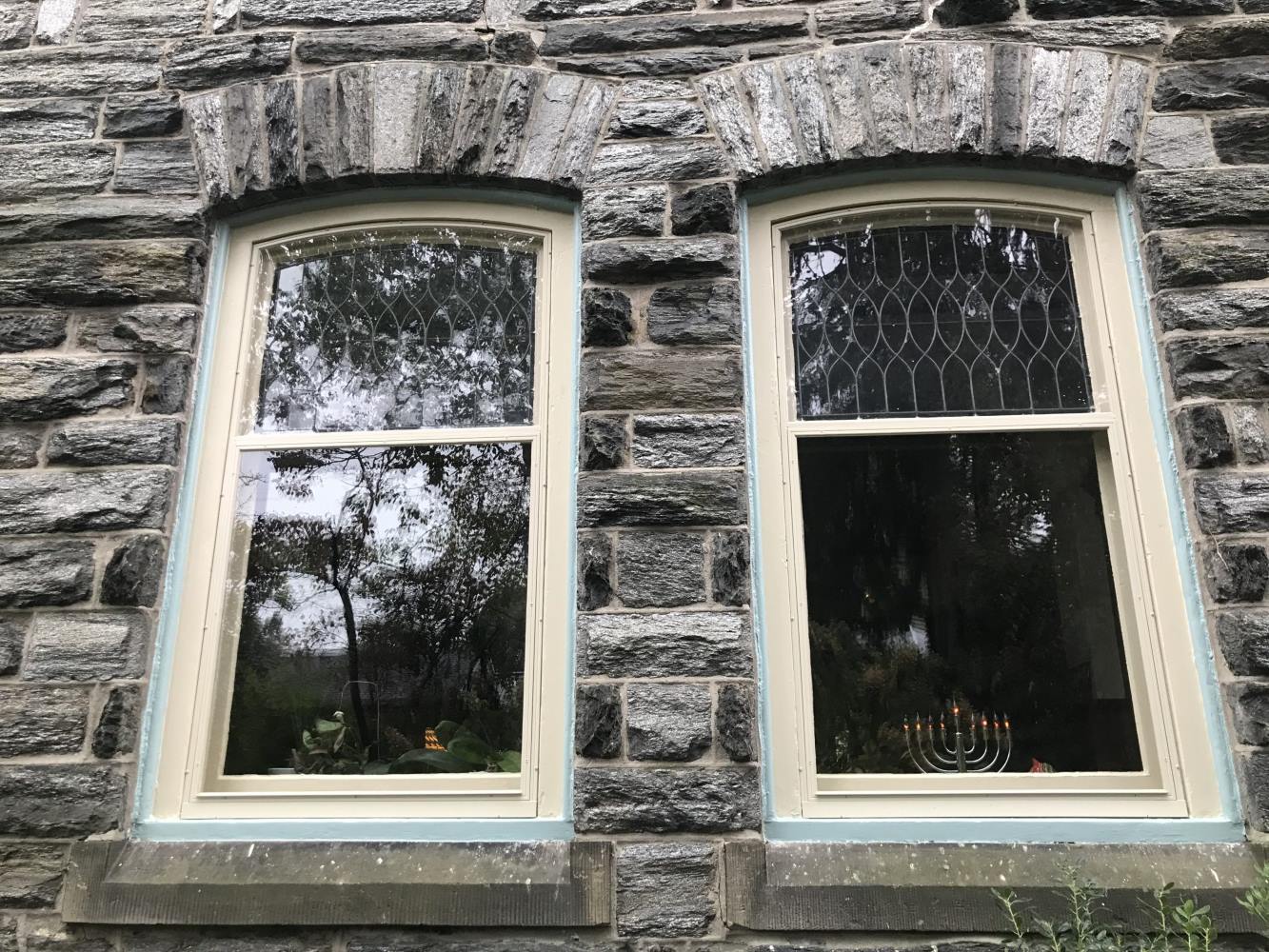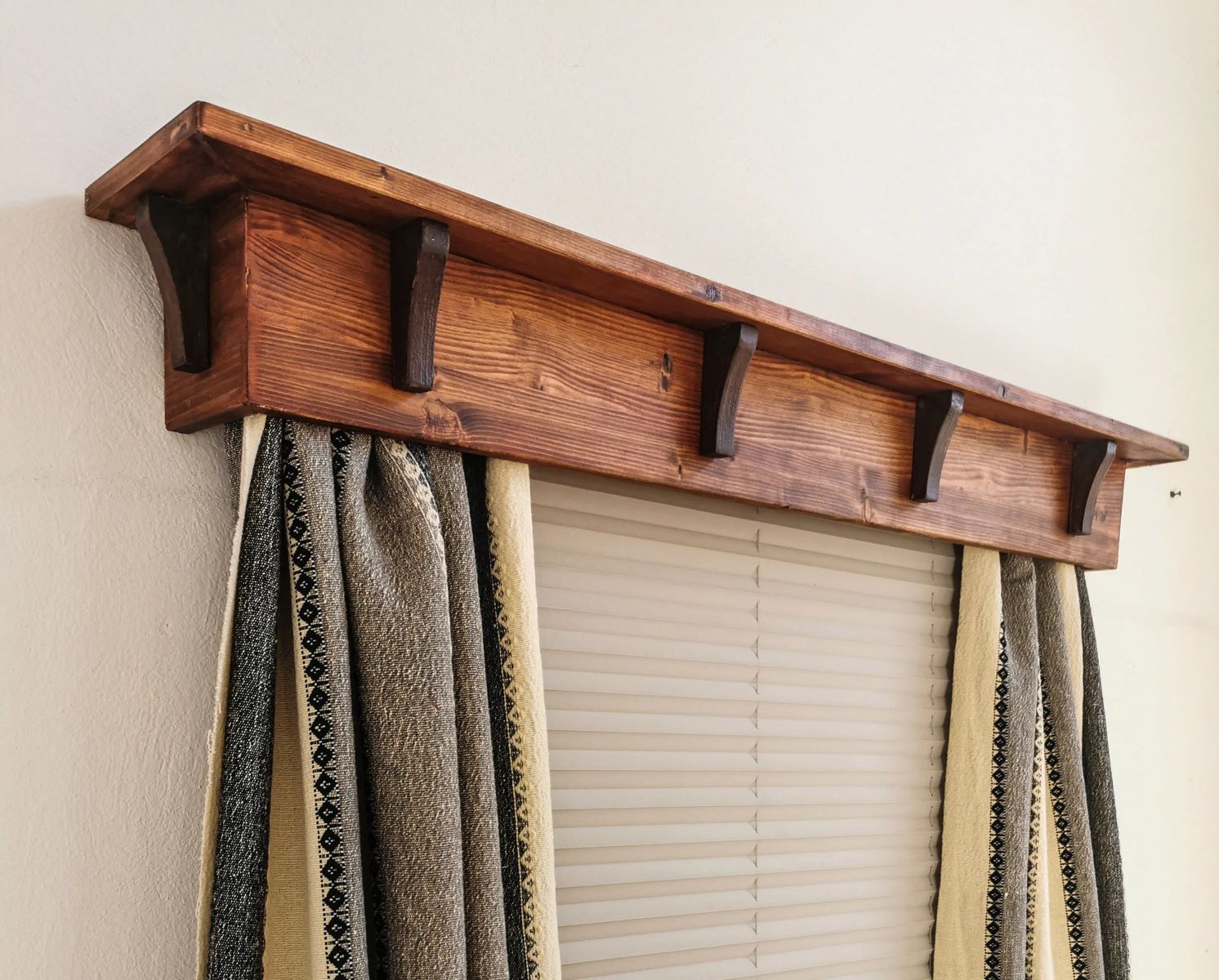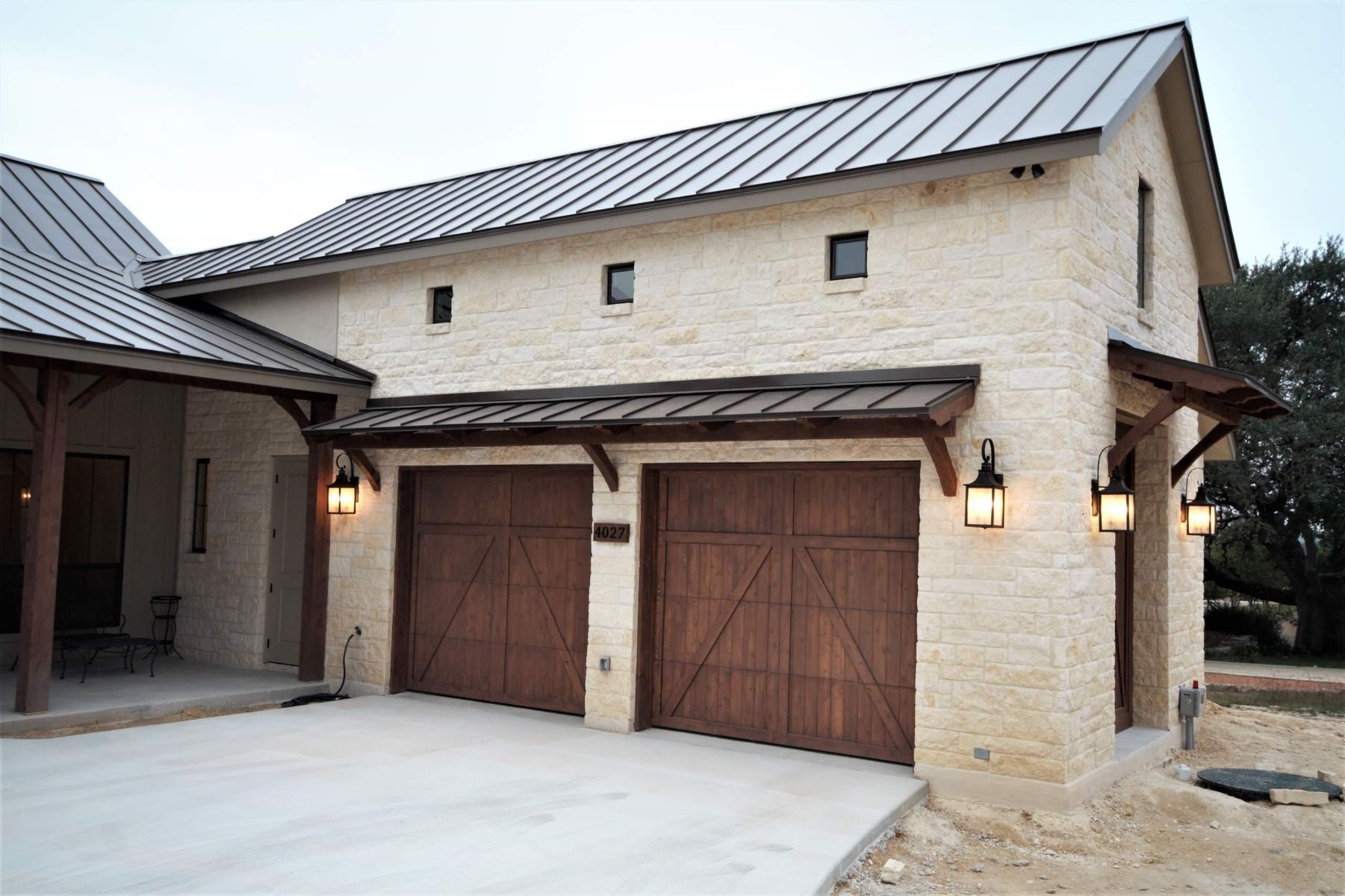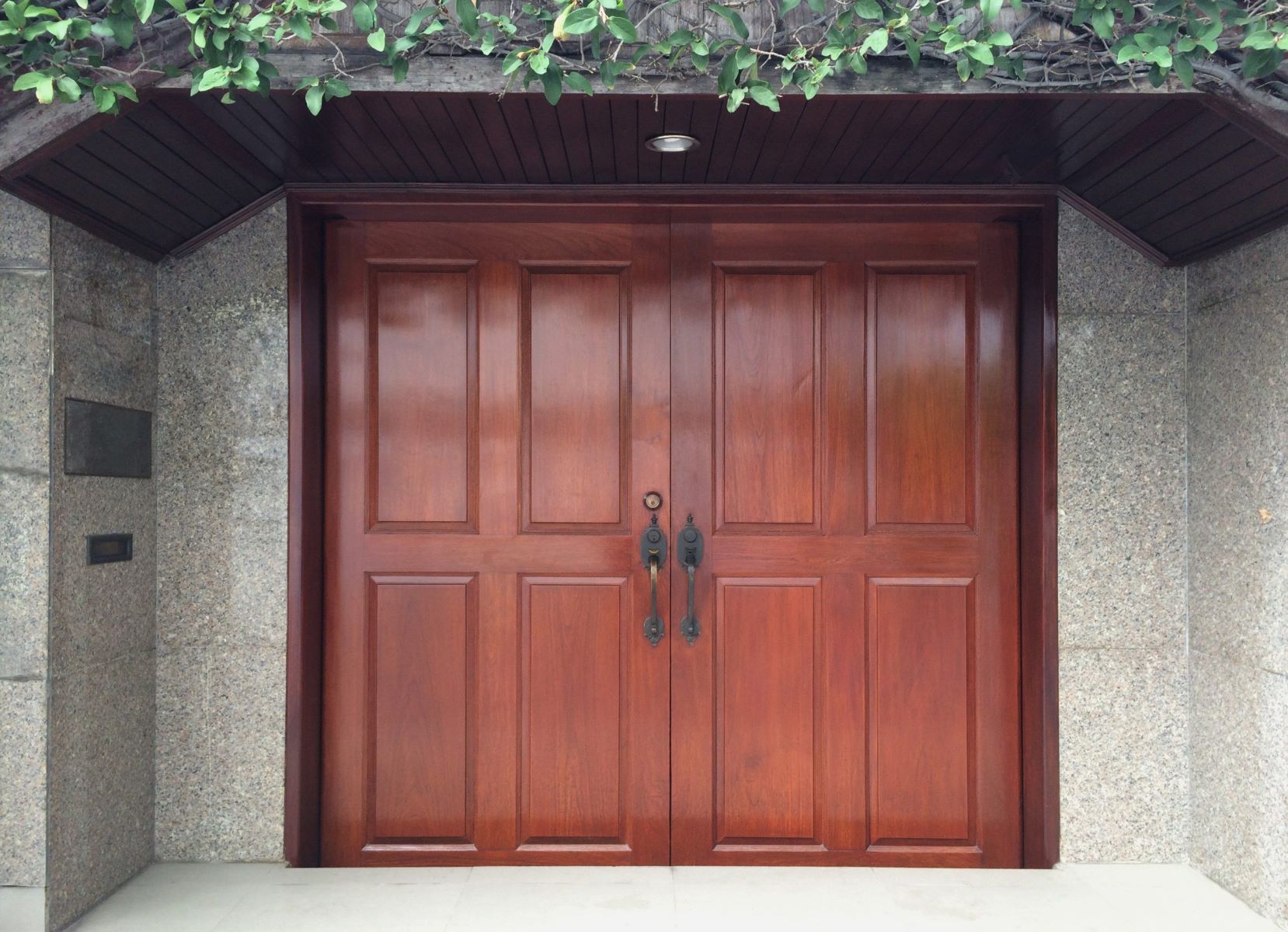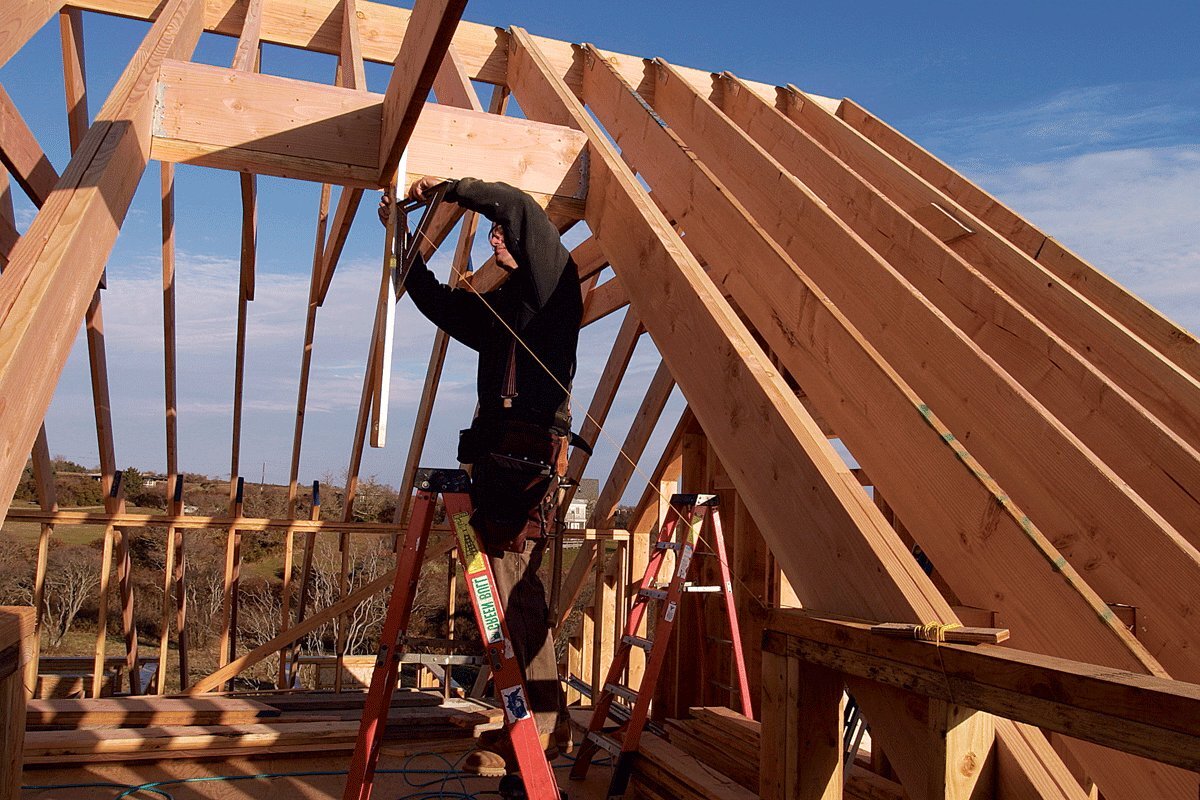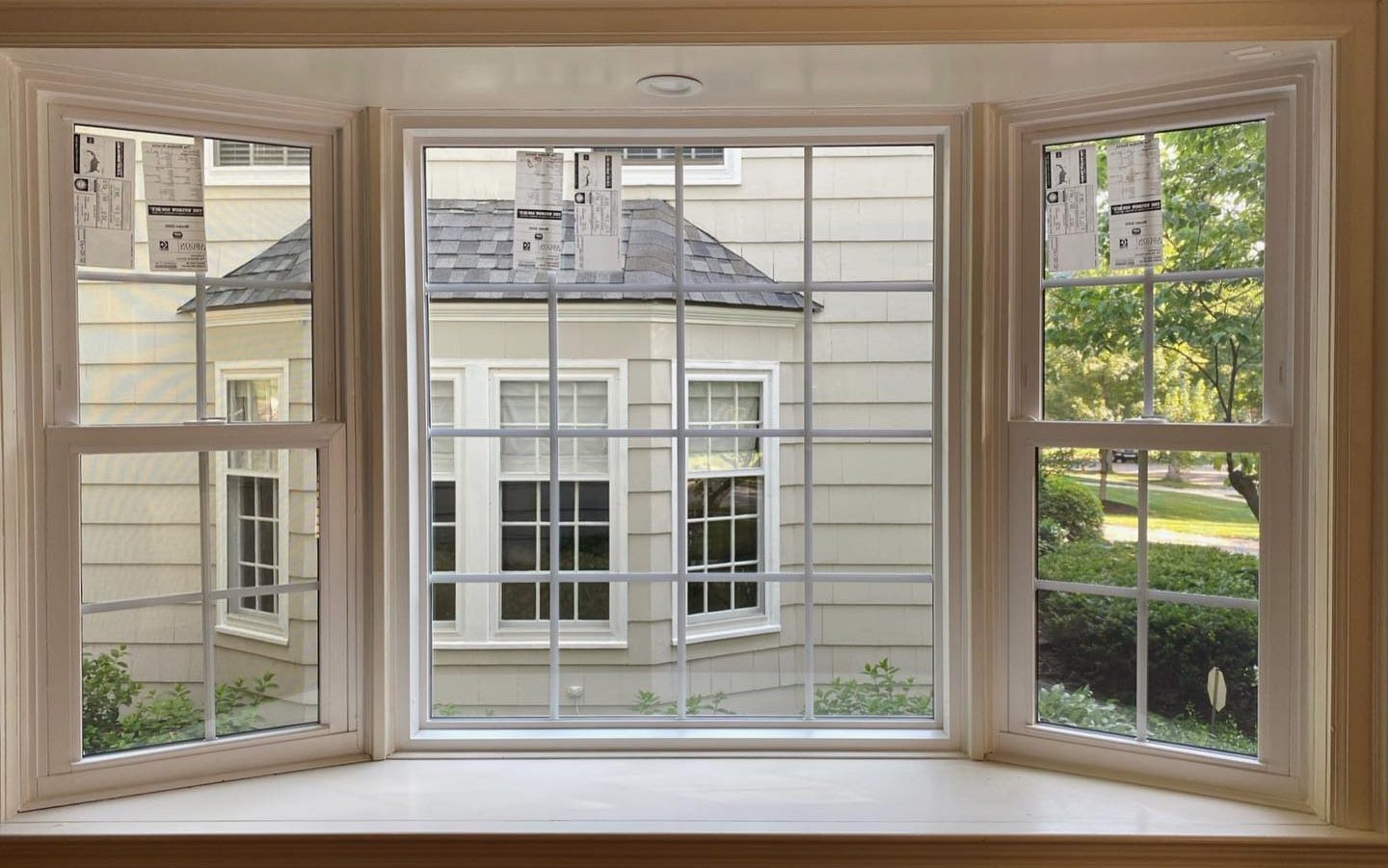Home>Create & Decorate>DIY & Crafts>How To Build A Wood Awning Frame
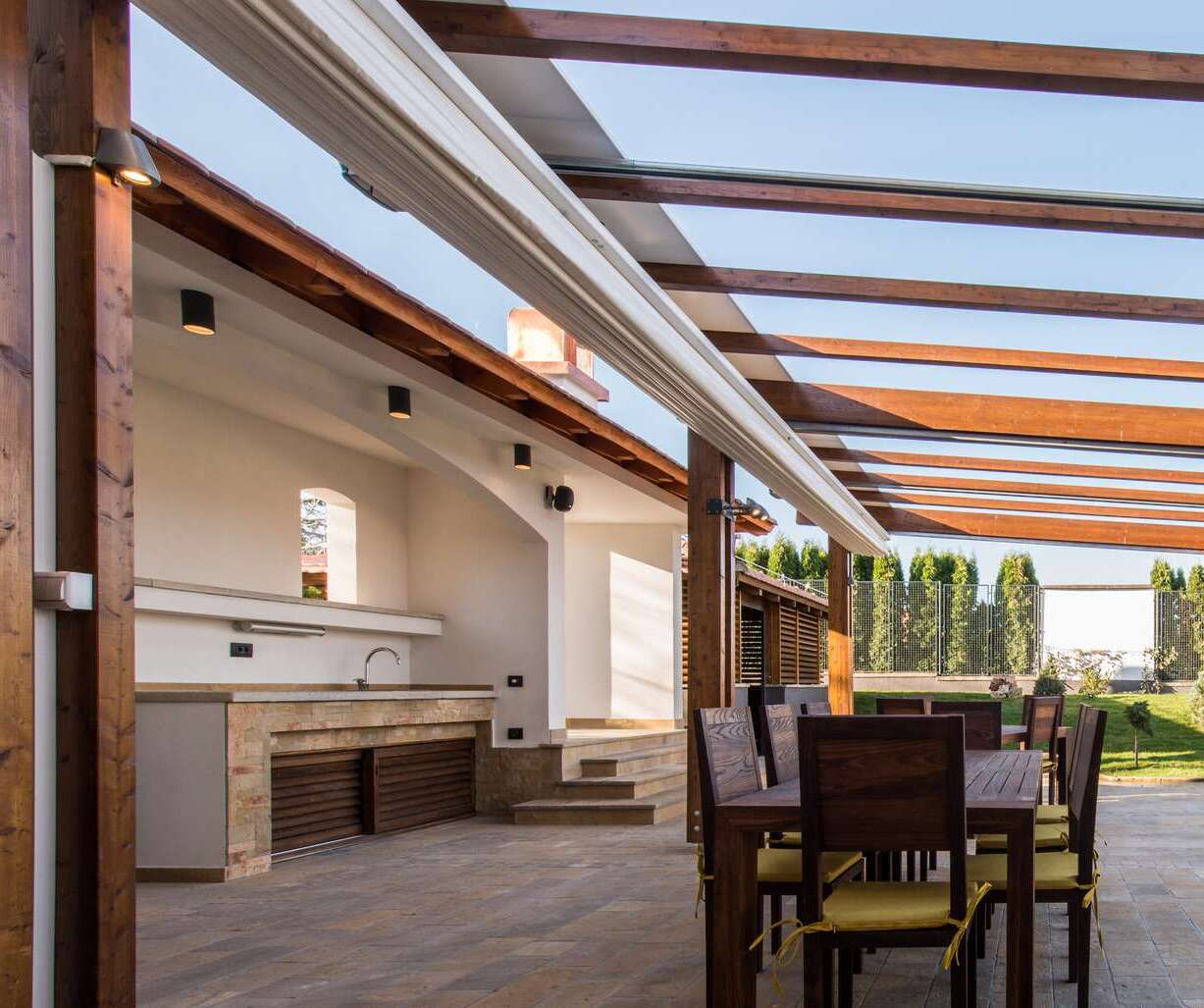

DIY & Crafts
How To Build A Wood Awning Frame
Published: May 22, 2024

Senior Editor in Create & Decorate, Kathryn combines traditional craftsmanship with contemporary trends. Her background in textile design and commitment to sustainable crafts inspire both content and community.
Learn how to build a sturdy wood awning frame with our step-by-step DIY guide. Perfect for your next DIY & Crafts project.
(Many of the links in this article redirect to a specific reviewed product. Your purchase of these products through affiliate links helps to generate commission for Twigandthistle.com, at no extra cost. Learn more)
Introduction
So, you've decided to spruce up your outdoor space and add some shade with a wood awning frame. Building a wood awning frame can be a rewarding DIY project that not only enhances the aesthetics of your home but also provides a functional and stylish addition to your outdoor area. In this guide, we'll walk you through the step-by-step process of building a wood awning frame, from gathering the necessary materials to putting on the finishing touches. Whether you're a seasoned DIY enthusiast or a beginner looking to take on a new project, this guide will equip you with the knowledge and confidence to tackle this endeavor. Let's get started!
Read more: How To Build Awning
Materials Needed
To build a wood awning frame, you'll need the following materials:
- Pressure-treated wood: This will serve as the primary material for the frame, providing durability and resistance to outdoor elements.
- Screws and nails: These will be essential for securing the wood pieces together.
- L-brackets: These brackets will help reinforce the joints and ensure the stability of the frame.
- Awning fabric: Choose a durable, weather-resistant fabric that complements the overall design of your outdoor space.
- Awning hardware: This includes the necessary hardware for attaching the awning to the frame, such as eye bolts and turnbuckles.
- Measuring tape and level: These tools will be crucial for ensuring accurate measurements and straight, level cuts.
- Circular saw or miter saw: You'll need one of these tools to cut the wood to the required dimensions.
- Drill and drill bits: These will be used for pre-drilling holes and driving screws into the wood.
- Paint or stain: If you wish to add a pop of color or protect the wood from the elements, you'll need paint or stain suitable for outdoor use.
- Safety gear: Don't forget to prioritize safety with goggles, gloves, and a dust mask when working with wood and power tools.
Gathering these materials before you begin the project will ensure a smooth and efficient building process.
Measuring and Cutting the Wood
Before you start cutting the wood for your awning frame, it's crucial to take accurate measurements of the space where the frame will be installed. Use a measuring tape to determine the desired width and projection of the awning. Once you have these measurements, transfer them to the pressure-treated wood, marking the cut lines with a pencil.
Next, it's time to make the cuts. If you have a circular saw or miter saw, these tools will come in handy for cutting the wood to the required dimensions. Ensure that your cuts are precise and straight to achieve a professional-looking result. Remember the old adage, "measure twice, cut once," to avoid any costly mistakes.
When cutting the wood, be mindful of safety precautions. Always wear appropriate safety gear, such as goggles and gloves, and be cautious when operating power tools. Additionally, work in a well-ventilated area and consider using a dust mask to protect yourself from sawdust.
Once all the wood pieces are cut to size, use a level to ensure that they are straight and even. This step is crucial for the structural integrity of the awning frame. Taking the time to measure accurately and make precise cuts will set the foundation for a sturdy and visually appealing wood awning frame.
Assembling the Frame
With all the wood pieces cut to the appropriate dimensions, it's time to start assembling the frame. Begin by laying out the cut pieces in the designated assembly area, ensuring that you have all the necessary components at hand. Using the L-brackets and screws, start joining the pieces together according to the predetermined design. The L-brackets will provide additional support and stability to the frame, so be sure to position them at key connection points.
As you assemble the frame, periodically check for squareness and alignment using a carpenter's square and a level. This step is crucial for ensuring that the frame is structurally sound and will fit seamlessly in its intended location. Take your time with this process, as precision and accuracy are key to a successful assembly.
Once the main frame is assembled, it's time to add any additional support or decorative elements, such as cross braces or decorative trim. These details not only enhance the visual appeal of the awning frame but also contribute to its overall strength and durability. Secure these elements in place using appropriate fasteners and hardware.
As a final step in the assembly process, double-check all connections and fastenings to ensure that the frame is solid and secure. Give the frame a gentle shake to test its stability, making any necessary adjustments or reinforcements as needed. A well-assembled frame sets the stage for the next phase of the project: attaching the awning fabric.
By following these steps and taking the time to assemble the frame with care and precision, you'll be well on your way to creating a sturdy and visually appealing wood awning frame for your outdoor space.
Attaching the Awning to the Frame
After successfully assembling the wood awning frame, the next crucial step is attaching the awning fabric to the frame. This process requires attention to detail and precision to ensure that the fabric is taut, secure, and able to withstand outdoor elements.
-
Prepare the Awning Fabric: Lay the awning fabric over the assembled frame, ensuring that it is centered and positioned correctly. If necessary, enlist the help of a friend or family member to hold the fabric in place while you work on securing it to the frame.
-
Secure the Fabric: Starting at one end of the frame, use awning hardware such as eye bolts and turnbuckles to fasten the fabric to the frame. Begin by attaching the fabric to the top of the frame, gradually working your way down the sides. Pull the fabric taut as you secure it, ensuring that there are no wrinkles or sagging areas.
-
Tensioning the Fabric: Once the fabric is initially attached to the frame, use the turnbuckles to adjust the tension of the fabric. This step is crucial for achieving a smooth, taut surface that can effectively provide shade and withstand wind and weather. Gradually tighten the turnbuckles, periodically checking the tension and adjusting as needed.
-
Trim Excess Fabric: After the fabric is securely attached and tensioned, trim any excess fabric along the edges of the frame. Use sharp scissors or a utility knife to achieve clean, straight cuts, ensuring that the fabric neatly aligns with the edges of the frame.
-
Finishing Touches: With the fabric securely attached and trimmed, take a moment to inspect the entire awning assembly. Ensure that the fabric is evenly tensioned, free of wrinkles, and securely fastened to the frame. Make any final adjustments as needed to achieve a professional and polished appearance.
By following these steps, you'll be able to effectively attach the awning fabric to the wood frame, creating a functional and visually appealing addition to your outdoor space. The careful attention to detail in this phase of the project will result in an awning that not only provides shade and protection but also enhances the overall aesthetic of your home.
Read more: How to Build a DIY Window Awning
Finishing Touches
With the fabric securely attached and trimmed, take a moment to inspect the entire awning assembly. Ensure that the fabric is evenly tensioned, free of wrinkles, and securely fastened to the frame. Make any final adjustments as needed to achieve a professional and polished appearance. This is the stage where you can add some personal flair and ensure that every detail is just right.
-
Paint or Stain: If you opted for untreated wood or want to change the color of the frame, now is the time to apply a coat of paint or stain. Choose a color that complements your outdoor space and provides the desired aesthetic appeal. Be sure to use outdoor-rated paint or stain to protect the wood from the elements.
-
Seal the Wood: To enhance the longevity of the wood awning frame, consider applying a weather-resistant sealant. This extra layer of protection can help safeguard the wood against moisture, UV rays, and other outdoor hazards, prolonging the life of your awning.
-
Add Decorative Elements: Consider incorporating decorative elements such as trim, molding, or finials to further enhance the visual appeal of the awning. These details can add a touch of elegance and personality to the structure, elevating its overall aesthetic impact.
-
Inspect for Stability: Give the entire assembly a thorough inspection to ensure that all connections are secure and the frame is stable. Check for any loose screws or fasteners, and tighten them as needed. A stable and well-maintained frame is essential for the longevity and functionality of the awning.
-
Clean Up: As a final step, clean up the work area and remove any debris or leftover materials. A tidy workspace not only promotes safety but also allows you to fully appreciate the fruits of your labor.
By paying attention to these finishing touches, you can elevate the overall look and functionality of your wood awning frame, creating a stylish and durable addition to your outdoor space.


